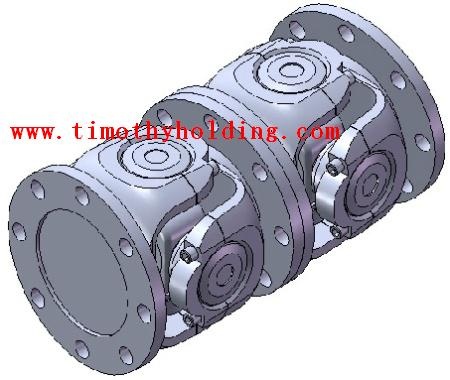
Most Popular
 Cardan drive shaft
Cardan drive shaft
Cardan drive shaft ...
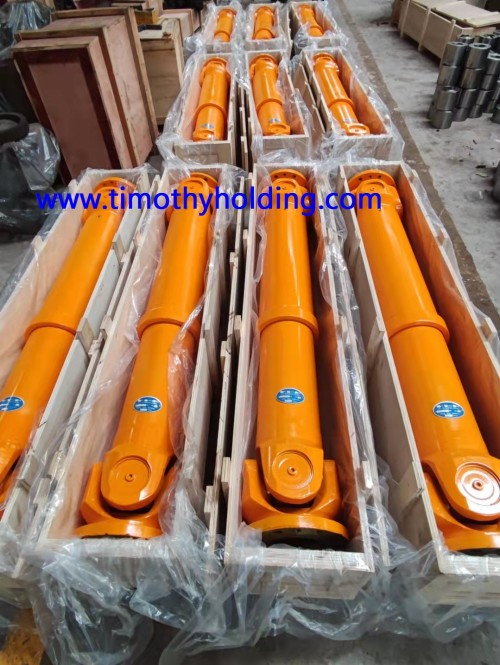 Cardan Shafts For Continuous Casting Mill
Cardan Shafts For Continuous Casting Mill
Cardan Shafts For Continuous Casting and Rolling MillMaterial:35CrMo and 20CrMnTiSize:SWC225/250/285/315/350/390/440/550/620/780SWP ...
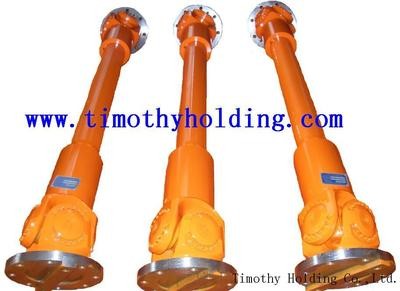 Cardan joint shaft
Cardan joint shaft
Cardan joint shaft ...
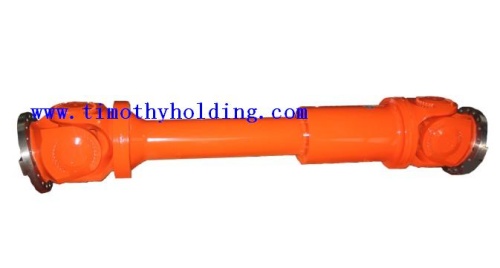
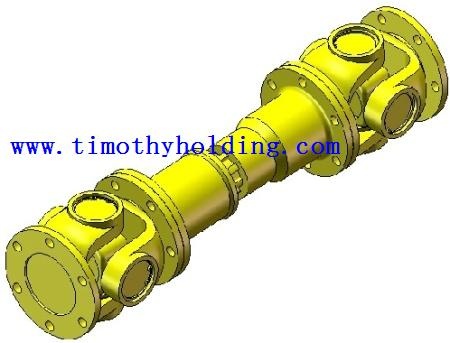
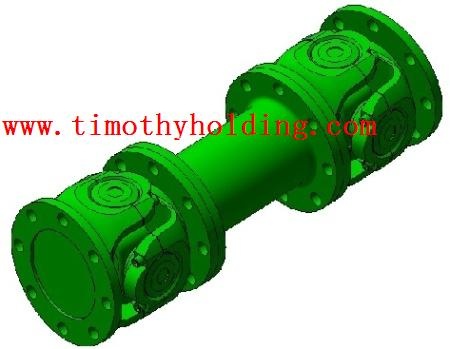 Industrial cardan shafts , https://www.timothyholding.com
Industrial cardan shafts , https://www.timothyholding.comcardan shaft for paper mills
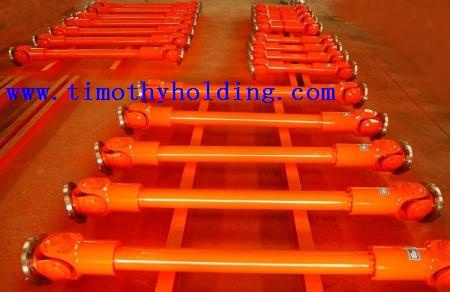
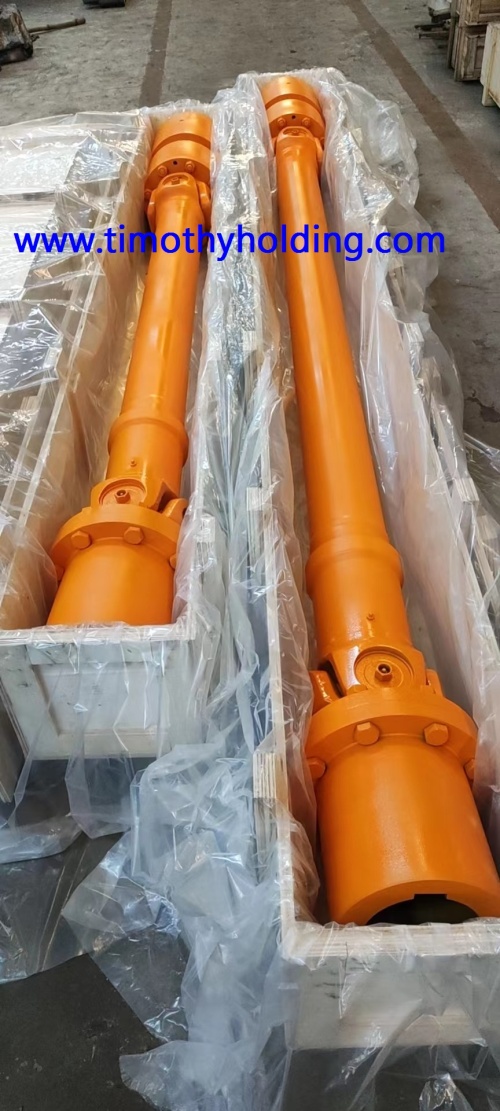
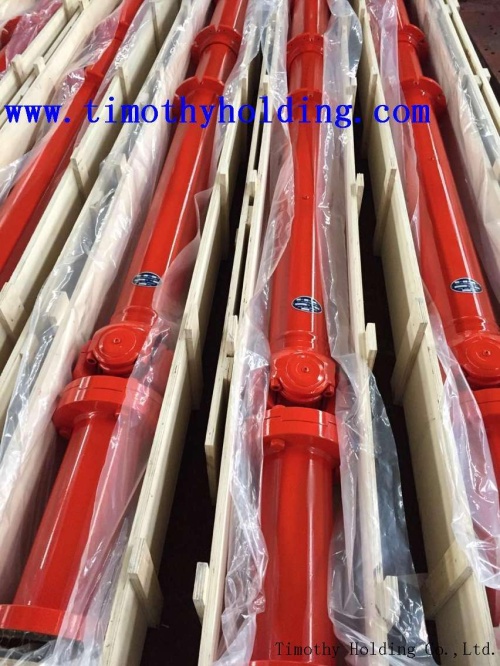 cardan shaft for paper mills , https://www.timothyholding.com
cardan shaft for paper mills , https://www.timothyholding.comCardan Shaft For Metallurgical Machinery
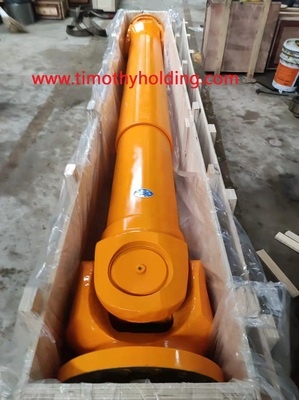
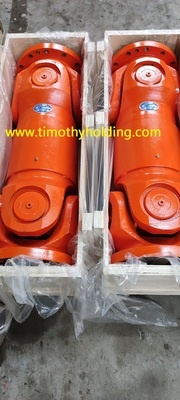
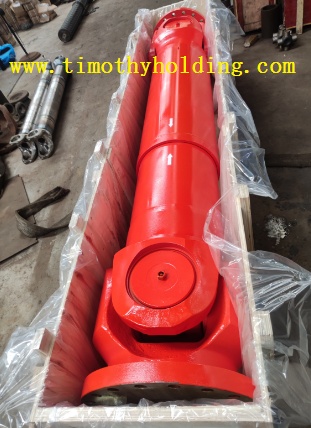 Cardan Shaft For Metallurgical Machinery , http://www.timothyholding.com
Cardan Shaft For Metallurgical Machinery , http://www.timothyholding.comUniversal Joint Shafs For Steel Rolling Mill
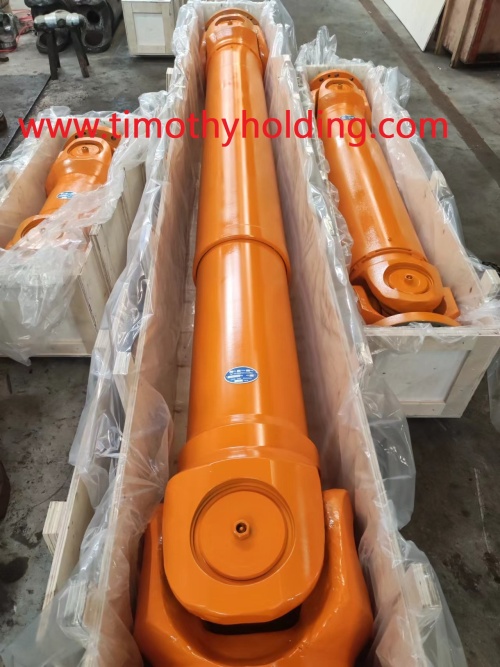
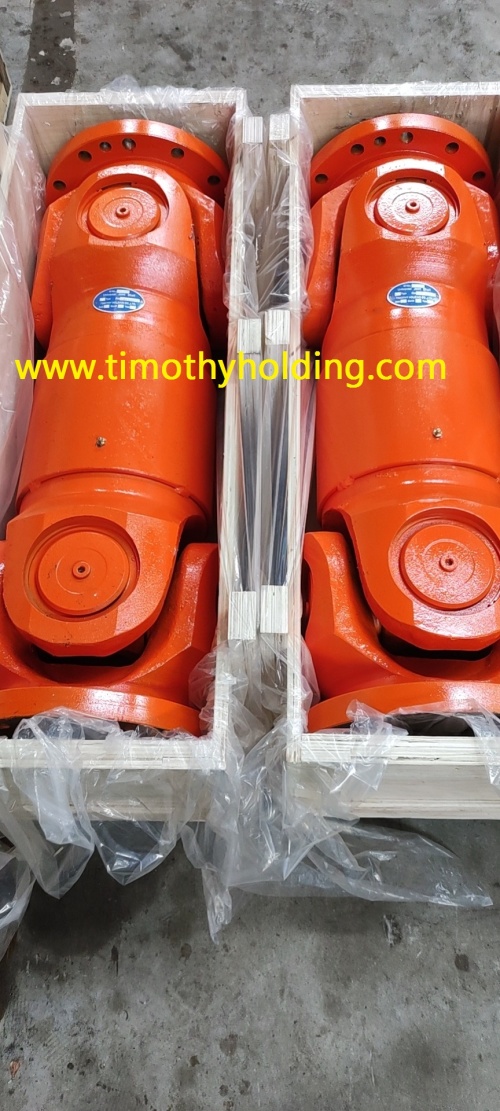
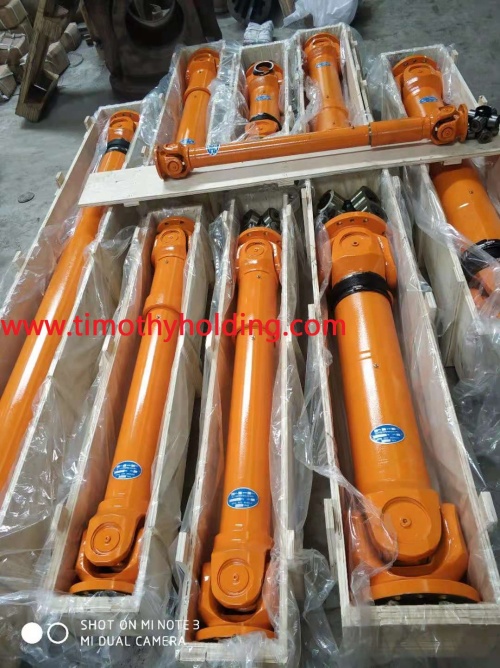 Universal Joint Shafs For Steel Rolling Mill ,https://www.timothyholding.com
Universal Joint Shafs For Steel Rolling Mill ,https://www.timothyholding.comCardan Shafts For Steel Plant ,Rolling Mills
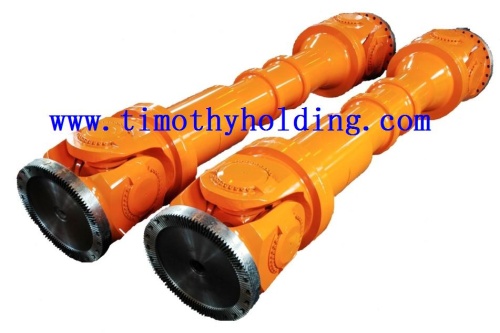
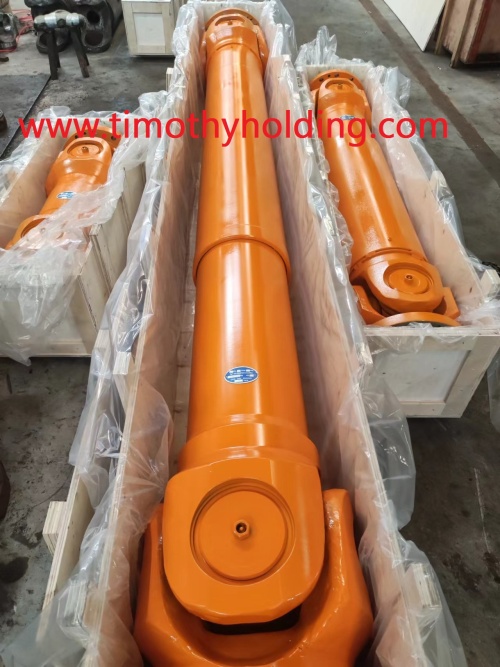
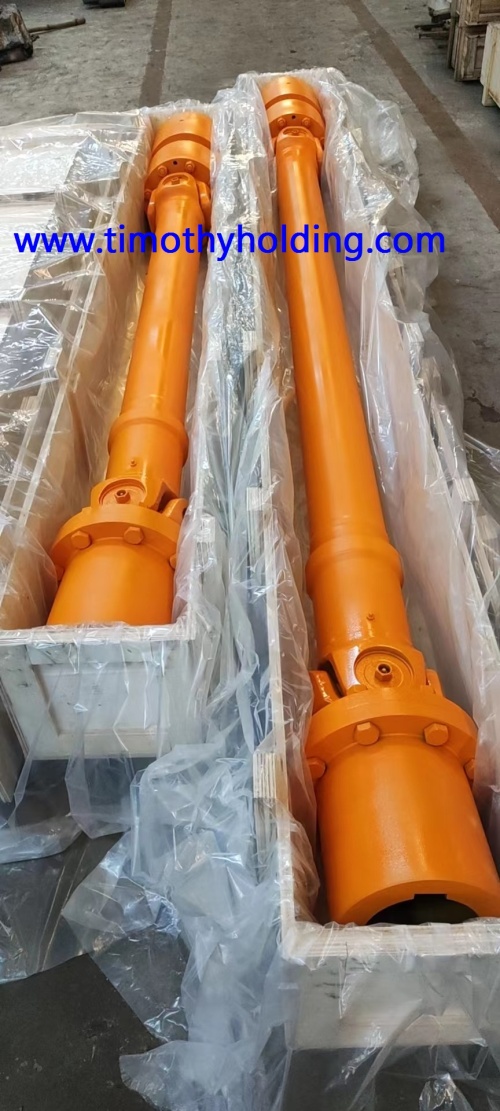 Cardan Shafts For Steel Plant ,Rolling Mills ,https://www.timothyholding.com
Cardan Shafts For Steel Plant ,Rolling Mills ,https://www.timothyholding.comUniversal joint cross (Universal joint cross.pdf)
Universal joint shaft SWP Series (Universal joint shaft SWP Series.pdf)
Universal joint (Universal joint .pdf)
Cardan shaft SWP Series (Cardan shaft SWP Series.pdf)



Market Trends of the Steel Industry
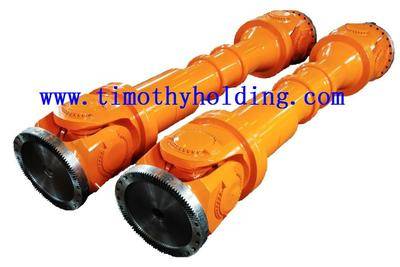
Market Trends of the Steel Industry
Web::www.timothyholding.com/Market-Trends-of-the-Steel-Industry.html
Introduction
The steel industry is a cornerstone of the global economy, playing a critical role in various sectors including construction, automotive, infrastructure, and manufacturing. As the world continues to evolve, so too does the steel industry, driven by technological advancements, changing market demands, and sustainability considerations. This article explores the current market trends and future prospects of the steel industry, providing a comprehensive overview of its trajectory in the coming years.
Current Market Trends
1. Technological Advancements
Technological innovation is at the heart of the steel industry's evolution. The integration of advanced technologies such as artificial intelligence (AI), machine learning (ML), and the Internet of Things (IoT) is transforming steel production processes, enhancing efficiency, and reducing costs. For instance, smart sensors and automation are improving predictive maintenance, reducing downtime, and optimizing production lines.
Additionally, digital twins – virtual replicas of physical assets – are being used to simulate and optimize steel production processes. This technology enables steel manufacturers to predict potential issues and optimize operations, leading to increased productivity and reduced waste.
2. Sustainability and Green Steel
Environmental concerns are reshaping the steel industry, with a growing emphasis on sustainability and reducing carbon footprints. The concept of "green steel" is gaining traction, referring to steel produced with minimal environmental impact. Companies are investing in research and development to create steel using renewable energy sources and innovative production methods, such as hydrogen-based steelmaking.
The European Union's Green Deal and similar initiatives worldwide are pushing the industry towards greener practices. Carbon capture and storage (CCS) technologies are also being explored to reduce emissions from traditional steel production processesIndustrial propeller shaft.jpg
3. Shift towards High-Strength, Lightweight Steel
As industries such as automotive and aerospace seek to improve fuel efficiency and reduce emissions, there is an increasing demand for high-strength, lightweight steel. Advanced High-Strength Steel (AHSS) and Ultra High-Strength Steel (UHSS) are becoming more prevalent, offering superior strength-to-weight ratios. These materials are essential for manufacturing lighter vehicles and structures without compromising safety and durability.
4. Global Trade Dynamics
The steel industry is heavily influenced by global trade policies and economic conditions. Tariffs, trade agreements, and geopolitical tensions can significantly impact steel prices and availability. For example, the trade war between the United States and China has led to fluctuating steel prices and disrupted supply chains.
In response, many countries are adopting protectionist measures to safeguard their domestic steel industries. This has led to the localization of steel production and a reevaluation of global supply chains to mitigate risks associated with trade uncertainties.
5. Demand from Emerging Markets
Emerging markets, particularly in Asia and Africa, are driving the demand for steel. Rapid urbanization and industrialization in countries like India, Indonesia, and Nigeria are leading to increased construction activities and infrastructure development. This growing demand from emerging economies is a crucial driver for the global steel industry's expansion.


Contact Name:August
Mobile Phone:+86-13758897904
E :[email protected]
Web:www.timothyholding.com
Address:55# Jinshi Road ,Lecheng Industrial Park,Yueqing City,Zhejiang provice,China